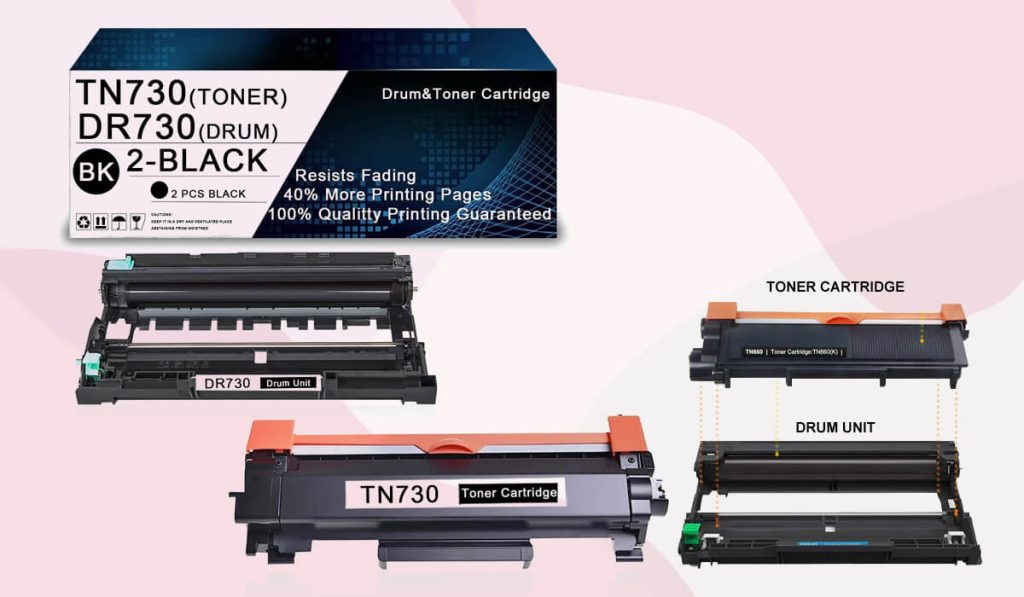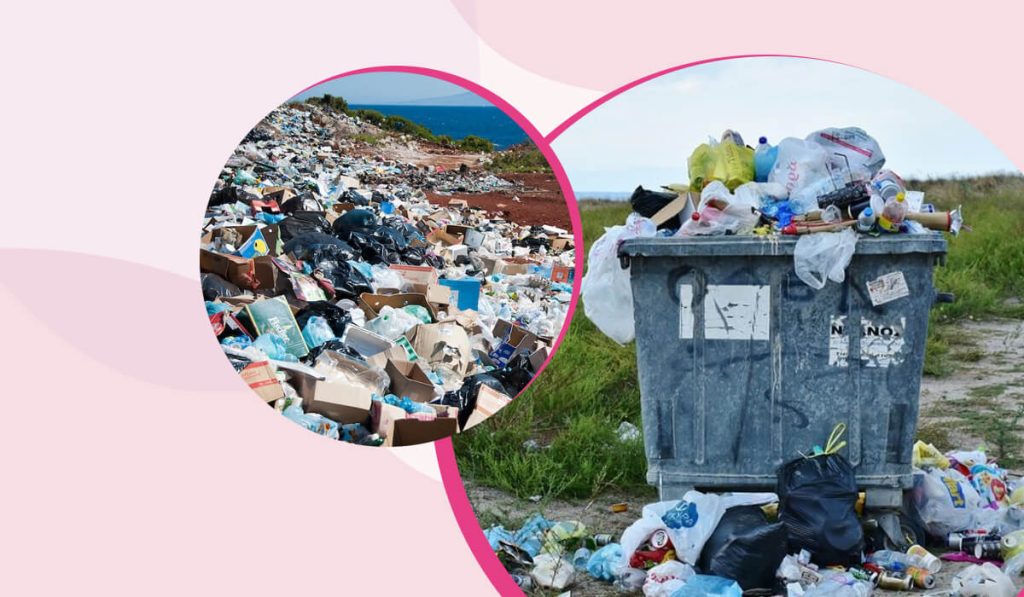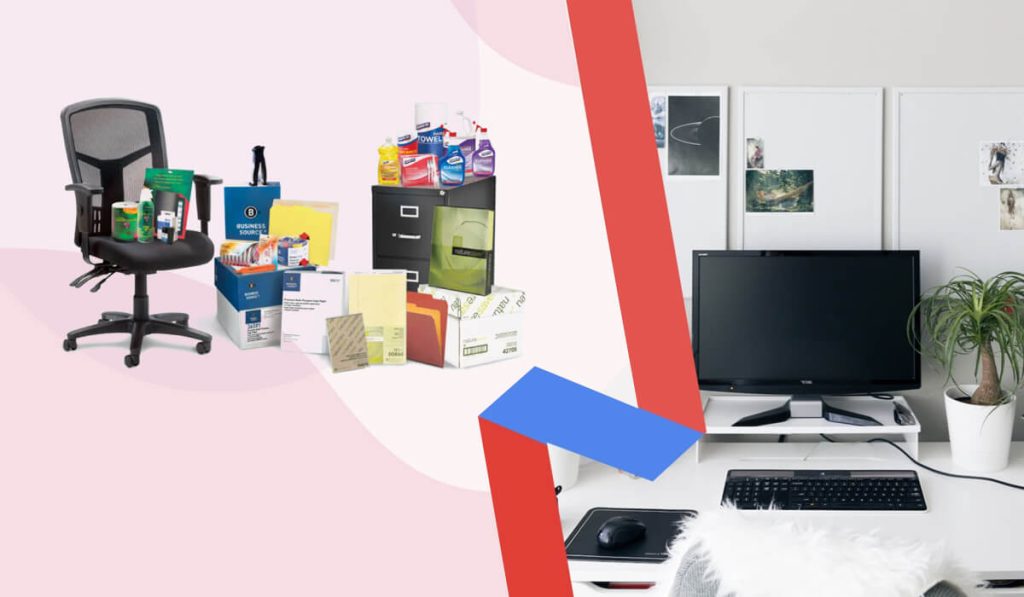As the importance of environmental sustainability grows, more and more individuals and businesses are seeking eco-friendly Reusable printing solutions for various aspects of their lives.
One area where significant progress has been made is in printer toner recycling and the adoption of sustainable printing supplies. Toner cartridges, used in laser printers and photocopiers, can be a major source of waste if not handled responsibly.
In this article, we will explore the benefits of recycling and refilling toner cartridges, as well as the steps involved in these processes, and how they contribute to reducing the environmental impact of printing.
We will also answer the question “Are Toner Cartridges Reusable?”
Are Toner Cartridges Reusable?
Yes, Toner cartridges are reusable and they can be reused in a variety of fashions such as through recycling and they can also be refilled which is the major factor in the reusability of toner cartridges.
Reusability Of Toner Cartridges
There are an array of Eco-friendly toner options. These toner cartridges are generally reusable, but it depends on the type of cartridge. There are two main types
- Original equipment manufacturer (OEM) cartridges
- Remanufactured cartridges
OEM cartridges, which are brand new and produced by the printer manufacturer, are typically not designed for Toner cartridge refilling or reuse. On the other hand, remanufactured cartridges are cartridges that have been used, collected, cleaned, and refilled with new toner to be used again.
So, while OEM cartridges are not intended for reuse, remanufactured cartridges are specifically designed for multiple cycles of use.
Recycling, on the other hand, involves the proper Toner cartridge disposal and processing of used toner cartridges to recover valuable materials and reduce environmental impact.
Even though OEM cartridges are not meant to be refilled and reused, they can still be recycled through appropriate channels.
Components Of Toner Cartridges
Toner cartridges are containers used in laser printers and photocopiers to hold and dispense toner, a dry, powdery ink-like substance.
They are crucial components that play a significant role in the Environmentally friendly printing process. The main components of a toner cartridge include:
Toner
The toner is a fine powder composed of pigment, resin, and other additives. When heated, it adheres to the paper during the printing process.
Drum Unit

The drum unit is an essential part of the cartridge responsible for transferring the toner onto the paper. It is coated with a photosensitive material that gets charged by a laser or LED, creating an electrostatic image for the toner to adhere to.
Developer Roller
The developer roller is responsible for dispensing toner onto the drum. It ensures an even distribution of toner for high-quality printing.
Waste Toner Hopper
As toner cartridges are used, a certain amount of waste toner accumulates. The waste toner hopper collects and stores this excess toner.
Pros Of Recycling Ink And Toner Cartridges
Recycling ink and toner cartridges offer several important benefits for the environment and sustainability:
Conservation Of Resources
Recycling cartridges allows the recovery of valuable materials like plastic, metal, and toner. By reusing these materials, we reduce the need for virgin resources, conserving energy and raw materials.
Waste Reduction
Discarding used cartridges in landfills can contribute to environmental pollution. Recycling helps divert this waste from landfills and incinerators, reducing the overall burden on the environment.
Energy Savings
Recycling cartridges consumes less energy than producing new ones from scratch. This leads to a decrease in greenhouse gas emissions associated with manufacturing processes.
Economic Benefits
Recycling creates job opportunities in the recycling industry and can contribute to the economy.
Cons Of Improper Disposal Of Ink And Toner Cartridges
Improper disposal of ink and toner cartridges can have significant environmental consequences:
Landfill Pollution

Cartridges that end up in landfills contribute to waste buildup, taking up valuable space and potentially leaching harmful chemicals into the soil and groundwater.
Air Pollution
Incinerating cartridges can release toxic emissions into the air, contributing to air pollution and potentially harmful health effects.
Resource Depletion
Improperly discarded cartridges mean that valuable resources are not recovered and reused, leading to more extensive extraction of raw materials.
Ecosystem Harm
The environmental impact of improper cartridge disposal can harm wildlife and ecosystems, affecting biodiversity and ecological balance.
Steps Involved In Ink Cartridges Recycling
The recycling process for ink cartridges typically involves the following steps:
Collection
Used ink cartridges are collected from various sources, such as drop-off locations, recycling centers, or mail-in programs.
Sorting
Collected cartridges are sorted based on their type, brand, and condition. This step ensures that the right cartridges go through the appropriate recycling process.
Disassembly
Cartridges are disassembled, and any remaining ink or toner is drained. Some cartridges might require cleaning to remove residue.
Material Recovery
The components of the cartridges, such as plastics, metals, and toner, are separated for recycling. Plastics can be melted and used to create new products, while metals are processed and reused.
Toner Recycling
Toner powder can be recycled and used in various applications, including in road construction, to reduce waste and environmental impact.
Steps Involved In Ink Cartridges Remanufacturing
Cartridge remanufacturing involves the process of reusing and refurbishing used cartridges. The steps typically include:
Collection
Used cartridges are collected from various sources, and those suitable for remanufacturing are identified.
Inspection
Cartridges are thoroughly inspected to assess their condition. Damaged or worn-out components are replaced.
Cleaning
Cartridges are cleaned to remove any remaining ink or toner, ensuring that the printing quality is not compromised.
Refilling
The cartridges are refilled with new toner or ink, and any necessary repairs are performed.
Testing
Remanufactured cartridges undergo rigorous testing to ensure they meet quality standards and perform as expected.
Packaging
Once the cartridges pass the quality tests, they are repackaged and made ready for sale or distribution.
How One Can Recycle Ink And Toner Cartridges
Check Local Recycling Programs
Many communities offer specific recycling programs for printer cartridges. Check with your local recycling center or municipality for drop-off locations or curbside collection options.
Manufacturer Take-Back Programs
Some printer manufacturers have their own cartridge recycling programs. Check their websites or product packaging for information on how to return used cartridges.
Office Supply Stores

Many office supply retailers offer recycling services for ink and toner cartridges. Look for drop-off bins or inquire at the store about their recycling options.
Online Recycling Programs
Several online platforms allow you to mail in your used cartridges for recycling. They often provide prepaid shipping labels for your convenience.
Donate Or Refill Locally
Some local businesses, schools, or community organizations may accept used cartridges for refilling or recycling. Reach out to them to see if they have such programs in place.
Local Recycling Options And Drop-Off Locations
To find local recycling options and drop-off locations, consider the following steps:
Conduct An Online Search
Use search engines and online maps to look for recycling centers or drop-off locations near you.
Contact Local Authorities
Reach out to your city or county government to inquire about recycling programs and drop-off locations for printer cartridges.
Check With Office Supply Retailers
Office supply stores like Staples, Office Depot, or Best Buy often have recycling programs for ink and toner cartridges. Check their websites or contact the stores directly.
Explore Non-Profit Organizations
Some non-profit organizations or community centers may have recycling initiatives that accept printer cartridges. They might use the proceeds for fundraising or charitable purposes.
Tips For Preparing Cartridges For Recycling
To ensure successful recycling, follow these tips for preparing your cartridges:
Remove Packaging
Before recycling, remove any packaging materials or tape from the cartridge.
Protect The Contacts
If possible, cover the cartridge’s electrical contacts with a piece of tape to prevent damage during handling.
Seal In A Bag
If your cartridge is leaking or has residual ink or toner, seal it in a plastic bag to prevent spills during transportation.
Keep Cartridges Dry
Store used cartridges in a dry place until you can properly dispose of or recycle them.
Follow Local Guidelines
Some recycling centers may have specific requirements for preparing cartridges. Follow any guidelines provided by the recycling facility or program.
Comparison Of Refillable Vs. OEM Cartridge Costs
Original Equipment Manufacturer (OEM) cartridges, which are brand-new cartridges produced by the printer manufacturer, are generally more expensive than refilling options. The cost of OEM cartridges includes production, marketing, and distribution expenses.
On the other hand, refillable inks or ink refill kits usually cost less than buying new OEM cartridges. Refillable ink systems provide a continuous supply of ink, and refill kits come with bottles or syringes of ink that you can use to refill the cartridges yourself.
Advantages Of Refilling Cartridges
Refillable inks can be substantial, depending on your printing habits. Although the upfront investment may be higher, refillable inks can often yield savings of up to 70% compared to OEM cartridges over time, especially for those who print frequently or in large quantities.
Using refillable inks can be cost-effective in the long run. The refillable option often provides more ink at a lower cost per milliliter. Using refillable inks or refilling cartridges offers several advantages:
Extended Cost-Effectiveness
As mentioned earlier, refilling cartridges can save money in the long run, particularly for heavy users.
Reduction Of Waste And Landfill Impact
By refilling cartridges instead of buying new ones, you contribute to waste reduction and help divert used cartridges from landfills.
Reduction Of Waste And Landfill Impact
Refilling cartridges reduces the number of cartridges that end up in landfills, thereby decreasing the environmental impact of cartridge disposal.
Disadvantages Of Refilling Ink
While refilling cartridges has its benefits, there are some potential drawbacks to consider:
Potential Quality Issues And Risks
Refilled cartridges may experience inconsistent print quality or compatibility issues, particularly if the refill process is not done correctly.
Warranty Concerns And Compatibility Challenges
Some printer manufacturers may void warranties if non-OEM cartridges are used. Additionally, not all printers are compatible with refillable ink systems.
Potential Quality Issues And Risks
Refilled cartridges might experience inconsistent print quality or pose the risk of leaks if not refilled properly.
Warranty Concerns And Compatibility Challenges
Using refilled cartridges might void the warranty of some printers, and not all printers are compatible with refillable ink systems.
Step By Step Guide To Refill A Cartridge?
Refilling a cartridge can be straightforward with the right instructions and equipment. Here’s a general step-by-step guide to refilling cartridges:
Prepare The Workspace
Find a clean and well-lit area to work. Place some newspapers or a disposable surface to catch any potential spills.
Gather Supplies
Get the appropriate refill kit for your cartridge type, which typically includes ink bottles or syringes, gloves, and instructions.
Open The Cartridge
Follow the instructions to open your cartridge carefully. Different cartridges may have different methods of access.
Refill The Cartridge
Use the provided tools to inject the correct ink into the appropriate chambers of the cartridge. Be cautious not to overfill.
Reassemble The Cartridge
Carefully put the cartridge back together, ensuring all parts are properly aligned.
Perform A Test Print
After refilling, reinstall the cartridge into your printer and perform a test print to check the quality.
Common Troubleshooting Tips
If you encounter issues after refilling, consider these troubleshooting tips:
Check For Leaks
Ensure that the cartridge is correctly sealed and not leaking any ink.
Clean Printhead
If there are print quality issues, run a printhead cleaning or alignment utility on your printer.
Recheck Ink Levels
Make sure the ink levels are sufficient and that the cartridge was filled correctly.
Conclusion
Recycling and refilling toner cartridges offer multiple benefits for the environment, your wallet, and sustainability. By choosing to recycle used cartridges responsibly and opting for refillable inks, you can help reduce waste, conserve resources, and lower the overall environmental impact.
Remember to explore local recycling options, prepare cartridges properly for recycling, and follow instructions carefully when refilling cartridges. Making environmentally conscious choices regarding printer cartridges can contribute to a greener and more sustainable future.
I hope that this article answered your question “Are Toner Cartridges Reusable?”.

